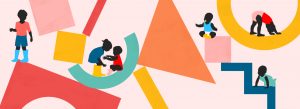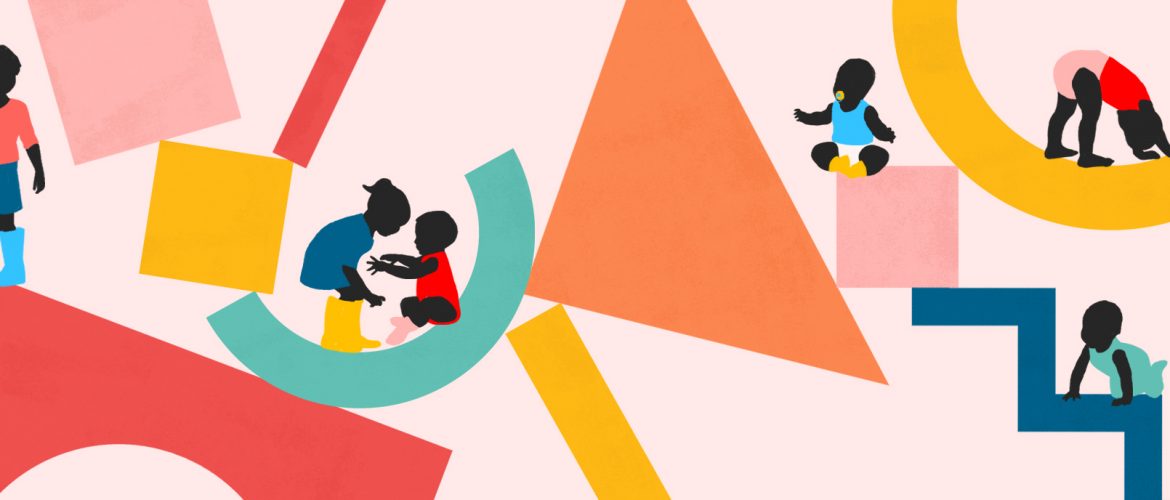 Source: [Spectrum, Ingfei Chen | August 16, 2017]
Source: [Spectrum, Ingfei Chen | August 16, 2017]
In October 2010, Lisa and Eugene Jeffers learned that their daughter Jade, then nearly 2 and a half years old, has autism. The diagnosis felt like a double whammy. The parents were soon engulfed by stress from juggling Jade’s new therapy appointments and wrangling with their health insurance provider, but they now had an infant son to worry about, too. Autism runs in families. Would Bradley follow in his big sister’s footsteps?
“We were on high alert,” Lisa Jeffers says. “There were times I would call his name, and he wouldn’t look.” She says she couldn’t help but think: Is it because he’s busy playing or because he has autism?
In search of guidance, the parents signed Bradley up for a three-year study at the University of California, Davis (UC Davis) MIND Institute, a half-hour drive from their home near Sacramento. Researchers there wanted answers to some of the same questions the couple had: What are the odds that infants like Bradley — younger brothers or sisters of a child with autism — will be on the spectrum too? Could experts detect autism in these babies early on, so that they might benefit from early intervention?
The infant-sibling study at UC Davis is one of more than 20 similar long-running investigations across the United States, Canada and United Kingdom, the first of which began around 2000. These ‘baby sib’ studies, which collectively have followed thousands of children, are among the most ambitious and expensive projects in autism research. Many of the scientists who run them anticipated that by tracking this special population, they would be able to spot signs of autism before age 1, and ultimately create an infant screen for the condition.
Obtaining clear answers from baby sibs, however, was far more difficult than expected, with many false starts along the way. Autism revealed itself to be an incredibly complex, heterogeneous spectrum of developmental conditions whose hallmark characteristics emerge over time — unfolding along different trajectories in different babies. All of which made it harder to pinpoint the earliest signs.
Earlier this year, researchers saw new glimmers of hope. Two major findings emerged from investigators in the Infant Brain Imaging Study (IBIS), who took brain scans of more than 300 baby sibs during their first two years of life. In February, one report from the $20 million project described an unusual pattern of brain growth during infancy that forecasts an autism diagnosis. Earlier this month, the IBIS team and their collaborators at UC Davis confirmed a previous observation that a surplus of cerebrospinal fluid at 6 months of age also predicts an autism diagnosis.
These two indicators may be the best leads so far for identifying autism in infancy, but the investigators aren’t declaring victory just yet. “We’re not saying somebody should run out and do this just because we published this paper,” says Joseph Piven, who directs the IBIS project. “This is really just the first step along a long path.”
In other words, after more than 15 years of effort, the ultimate dream of a predictive test that could be used routinely in the clinic is still being worked out.
“The answers are just not going to be that simple for us in autism,” says Helen Tager-Flusberg, director of a baby sib study at Boston University, though she notes that the field is moving rapidly. Given autism’s complexity, it’s unlikely there will ever be any single early predictor for it, she says, although researchers may one day discover a combination of prognostic indicators. She points out that extensive efforts to find predictive tests for adult brain conditions, such as schizophrenia and Alzheimer’s disease, haven’t panned out yet either.

